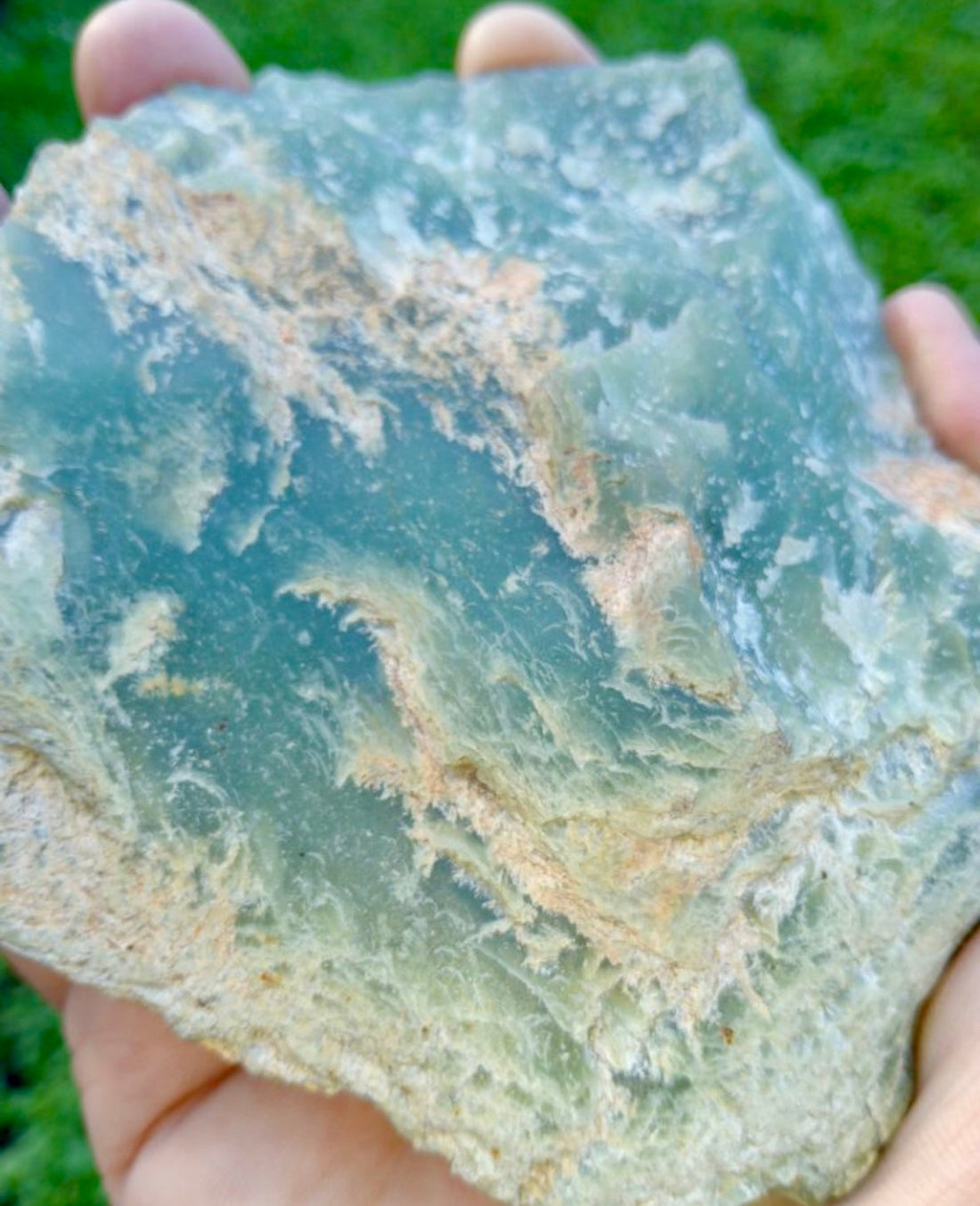
How to Find Pounamu on the West Coast of New Zealand: A Complete Guide
Share
How to Find Pounamu: A Guide to Fossicking on the West Coast
If you're looking to find pounamu (New Zealand jade), the West Coast is the place to go. With its lush landscapes and pristine beaches, the region offers the best opportunities for fossicking (searching for valuable items like gemstones or minerals). Here's your step-by-step guide on how to find pounamu and enjoy the experience.
1. Best Locations for Finding Pounamu
The West Coast, stretching from Greymouth in the north to Milford Sound in the south, is the ideal area for pounamu fossicking. This part of New Zealand is known for its abundance of pounamu, especially along the beaches and riverbeds.
2. When to Search for Pounamu
Timing is crucial when searching for pounamu. After a good rainfall or when the rivers have flooded is the best time to go. These weather conditions cause pounamu to dislodge and get carried by the river currents to the coast. So, plan your visit right after a heavy rainstorm for the best chance of finding these precious stones.
3. What to Look for When Searching
When fossicking on the beach, keep an eye out for pounamu stones and pebbles. Pounamu is typically a dark green colour, but it can also feature yellow, orange, or pearly white flecks. For example, Raukaraka pounamu has a unique yellowish tint reminiscent of the karaka tree leaves.
4. Distinguishing Pounamu from Serpentine
Be cautious not to mistake serpentine for pounamu. Though serpentine can look similar to pounamu, it’s much weaker and will crumble if dropped. It’s often referred to as "fool’s gold" in the pounamu community. Always double-check the stone's durability before collecting it.
5. Responsible Fossicking: Take Only What You Can Carry
When you find pounamu, remember to take only what you can carry. It’s important to respect the environment and the cultural significance of pounamu. If you find a particularly special piece, you might want to gift it to someone, keep it, or even have it carved into a keepsake, as is the traditional Ngāi Tahu custom.
6. Get a True Pounamu Experience
For a deeper, more immersive pounamu experience, consider joining a hosted tour by a registered Ngāi Tahu guide. These tours take you to the Arahura River, one of New Zealand's most sacred and abundant pounamu regions. It’s a fantastic way to learn more about the cultural significance of pounamu and the best techniques for fossicking.
7. Five Bonus Expert Tips for Finding Pounamu That You Won’t Find Everywhere
While most guides will tell you the basics of pounamu fossicking, there are a few lesser-known tips that can significantly improve your chances of success. Here are some expert insights to help you on your search:
1. Look for Pounamu in Riverbeds, Not Just on Beaches
While beach fossicking is popular, don't overlook riverbeds, especially after heavy rains. The strong currents during flooding can push pounamu deeper into river channels and eddies. In some locations, pounamu is more abundant in riverbeds, where it’s often washed into crevices between rocks or under gravel banks. Bring along a pair of sturdy gloves and a small trowel or spade to dig into these areas carefully.
2. Check the Tide Times
Pounamu is often carried to shore during low tides, as the receding water exposes new areas where stones can be found. Knowing the tide schedule and planning your visit for low tide can make your search more productive. Conversely, high tides can bring pounamu up to higher areas on beaches, especially after a storm, so keep an eye on the water's movement.
3. Use Polarized Sunglasses
A unique tip for spotting pounamu on the beach is to wear polarized sunglasses. These glasses reduce the glare off the water or wet rocks, making it easier to spot the distinctive sheen of pounamu stones among the pebbles. This can be especially helpful when searching in areas where the stones blend in with the surrounding environment.
4. Search for Pounamu in Shaded Areas
While sunny weather is ideal for a day out on the beach, it’s not always the best for fossicking. Pounamu shines best under diffused or shaded light, which is why the early morning or late afternoon is often the best time to search. This helps you see the subtle hues of pounamu stones, as they won’t be washed out by harsh sunlight.
5. Don’t Forget About the Forest Floors
Though beaches and rivers are the primary spots, pounamu can also be found in forested areas, especially near riverbanks and wetlands. Look for pounamu stones that may have been washed inland by floods or carried by natural forces. These stones are often overlooked by most fossickers who focus only on the coast, giving you a potential advantage in less trafficked areas.
By using these insider tips and combining them with your basic knowledge of pounamu, you’ll increase your chances of finding that perfect piece of New Zealand jade. Happy fossicking!
Final Thoughts
Finding pounamu on the West Coast of New Zealand is an unforgettable adventure. Whether you’re on a solo search or joining a guided tour, be mindful of the natural environment and the cultural importance of pounamu. Follow these tips to maximize your chances of discovering this beautiful, valuable stone while respecting the traditions that come with it.
If you’ve enjoyed this kōrero and would like to support my carving and writing, you can do so here: buymeacoffee.com/ojade 💚
